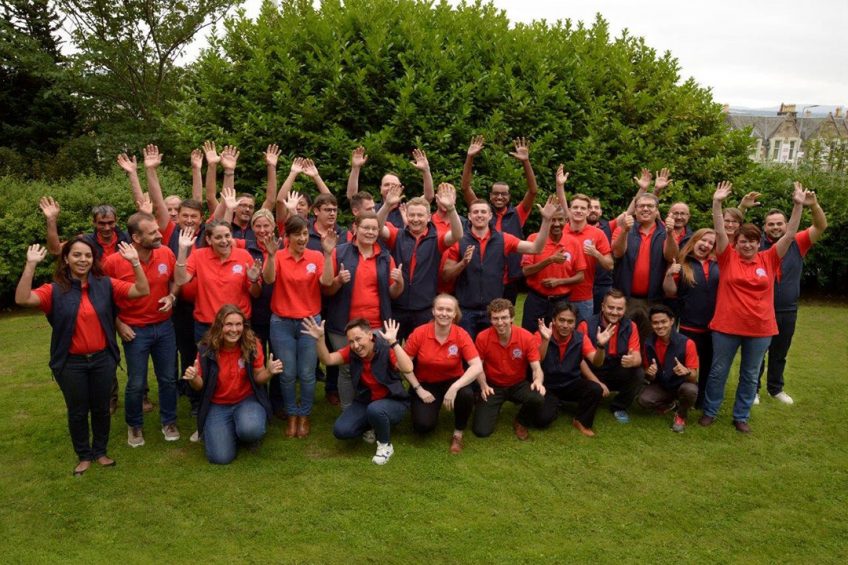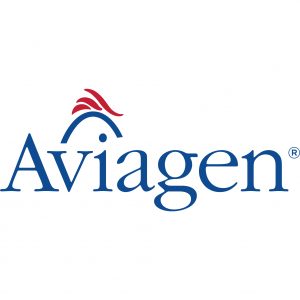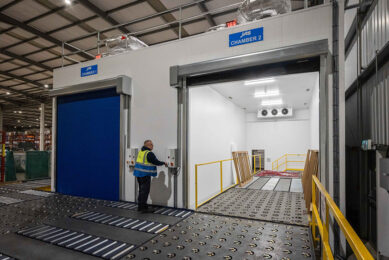Aviagen EMEAA School: Training for a future of success

The Aviagen EMEA School tells story of growth and development by adding Asia to its portfolio
The Aviagen Schools aim to train current and future generations of poultry professionals, equipping them with the know-how to achieve top welfare and performance with Arbor Acres, Indian River and Ross birds.
Started in 2012 for Aviagen customers throughout Europe, the Middle East and Africa, the EMEA School has to date shared knowledge with close to 900 students from 40 countries. It has continued to expand its borders, enjoying increasing popularity among broiler and breeder growers in Asia, and will now become known as the Europe, Middle East, Africa and Asia (EMEAA) School. Along with a geographical expansion, the curriculum has also broadened, adding new modules, practical aspects and novel case studies.
Training the trainer
Aviagen’s philosophy is to “train the trainer” – in other words, equip participants with the knowledge and skills to take home, apply at their home farms, and share with their colleagues and teams to the benefit of their entire operations.
“Education and training are integral to our mission to help customers worldwide, feed future generations, developing in them vital skills to maximise the genetic potential of their breeders and broilers,” explained School Director Nick French.
A network of schools and students
The EMEAA School is part of Aviagen’s network of Production Management Schools held regularly all over the world – the US, Brazil, Russia, India, Turkey, China and more. In its early days, the training comprised 3 core modules — Breeder, Broiler and Hatchery. However, continual evaluation of customer needs and the key aspects of effective flock management led to the addition of Nutrition and Ventilation segments, and the curriculum will continue to develop to be in line with the unique needs of EMEAA poultry producers.
Student feedback also highlights the importance of providing a platform where participants at all stages of their career can learn from each other.
Balance of theory and practical
All Aviagen EMEAA School Modules enrich the learning experience with a good balance of classroom theory and practical training, where students work through real-life challenges. Some examples are:
- Hatchery and Incubation Module – encourages students to build their own mini-incubators out of cardboard boxes, including insulation, controls and heating units. The essentials of hatchery ventilation are brought to life using a specially designed transparent model and plenty of smoke.
- Nutrition Module – lets students formulate and make their own feed, which they then feed to chickens and observe the impact on performance.
- Broiler and Breeder Modules – use case studies to show how to improve the profits of a fictitious company.
- Ventilation Module – elements take place on a real-life broiler farm, provide practice for operating a house ventilation system, demonstrating how air moves through a house, and how environmental conditions can change based on house dimensions, fan numbers and capacities.
Highlighted: Hatchery and Incubation Module
As an example of the in-depth training provided by the EMEAA Schools, the Hatchery and Incubation Module gives production managers a solid foundation in incubating chicken eggs in a commercial hatchery. This knowledge will help them effectively manage their own hatcheries, maximising chick numbers and quality and achieving the best possible broiler performance. The course focuses on understanding bird and embryo biology, including factors that affect embryo growth and development.
Part of the course is a focus on optimal biosecurity: hygiene practices are of highest importance in all aspects of flock management, and hatchery and incubation are no exception. The course covers biosecurity in planning and building a new hatchery, as well as managing an existing hatchery. Students learn about effective techniques for cleaning and disinfecting incubators, ventilation and building infrastructure.
During a practical session, students work with a typical hatchery data set, identifying trends and practising how to apply hatchery data in problem solving.
“We show the students practical tools and methods to assess factors such as ideal temperature, humidity and CO2 levels in a commercial hatchery,” explained Dinah Nicholson, Hatchery Module Director. “A former student recently approached me to describe what he’s done since the Hatchery School to improve turning in his hatchery, and how his results have improved since he made the changes. Our job is to give students the facts and the confidence to make changes and assess their impact.”

Review from students
The following are a collection of quotes from students who have attended the Hatchery and Incubation Module from the EMEAA region:
“The highlights of my hatchery training in Budapest were the model-based ventilation session, use of the pivot table and embryo development and turning during egg storage.”
“The well-documented presentations with published data were powerful, and the ventilation and air flow sessions, as well as the practical field exercises, will be extremely helpful to me in my future work.”
“From the presentations on temperature and ventilation to the construction of a model incubator, the course was excellent. I especially enjoyed the camaraderie and discussions with the instructors and my industry colleagues.”
“The Hatchery & Incubation Management module provided an opportunity for me to learn all there is to know about hatchery aspects through presentations, case studies and time spent with other participants on a business and social level. I am now determined to improve our hatchery step by step.”






